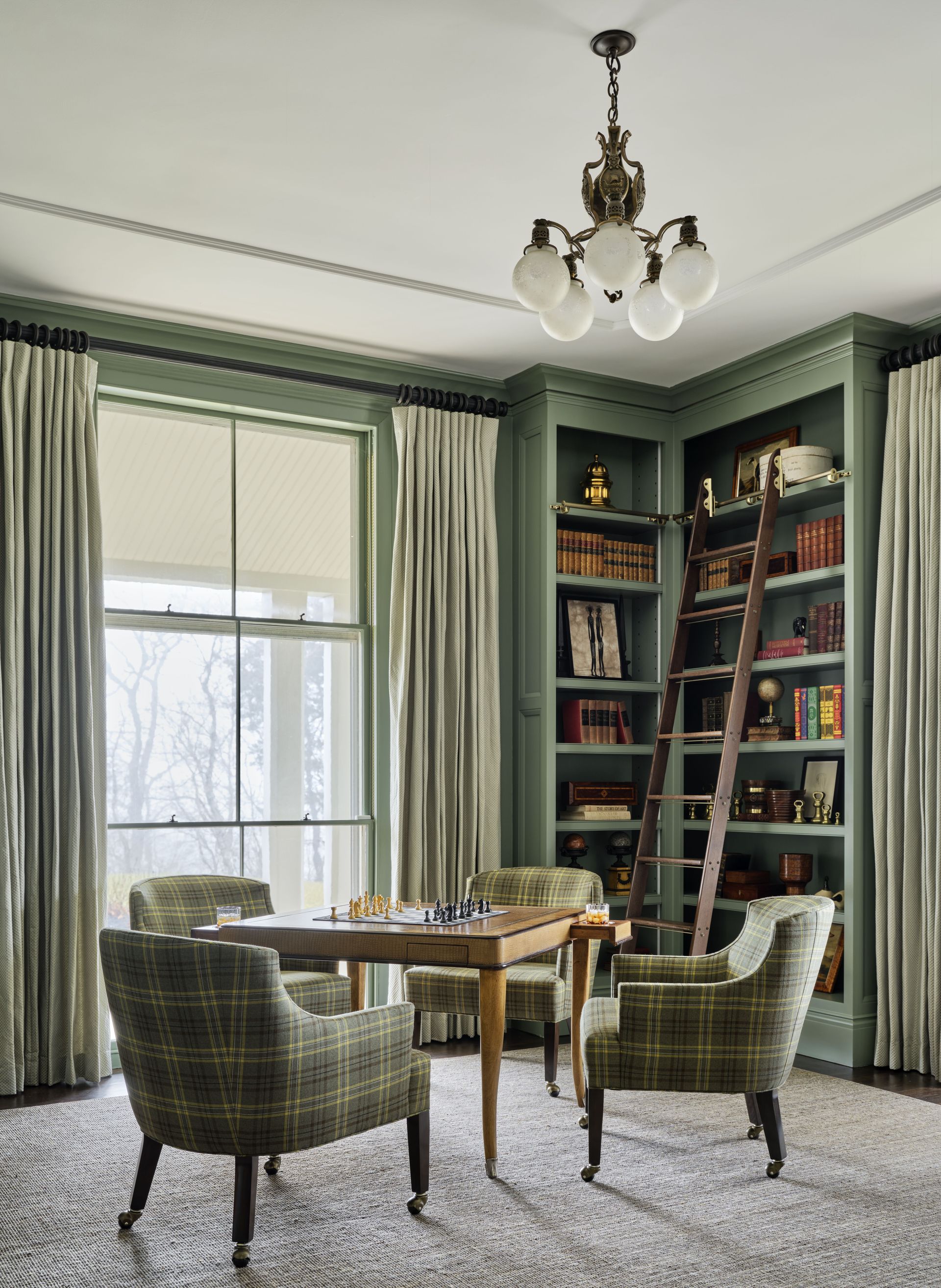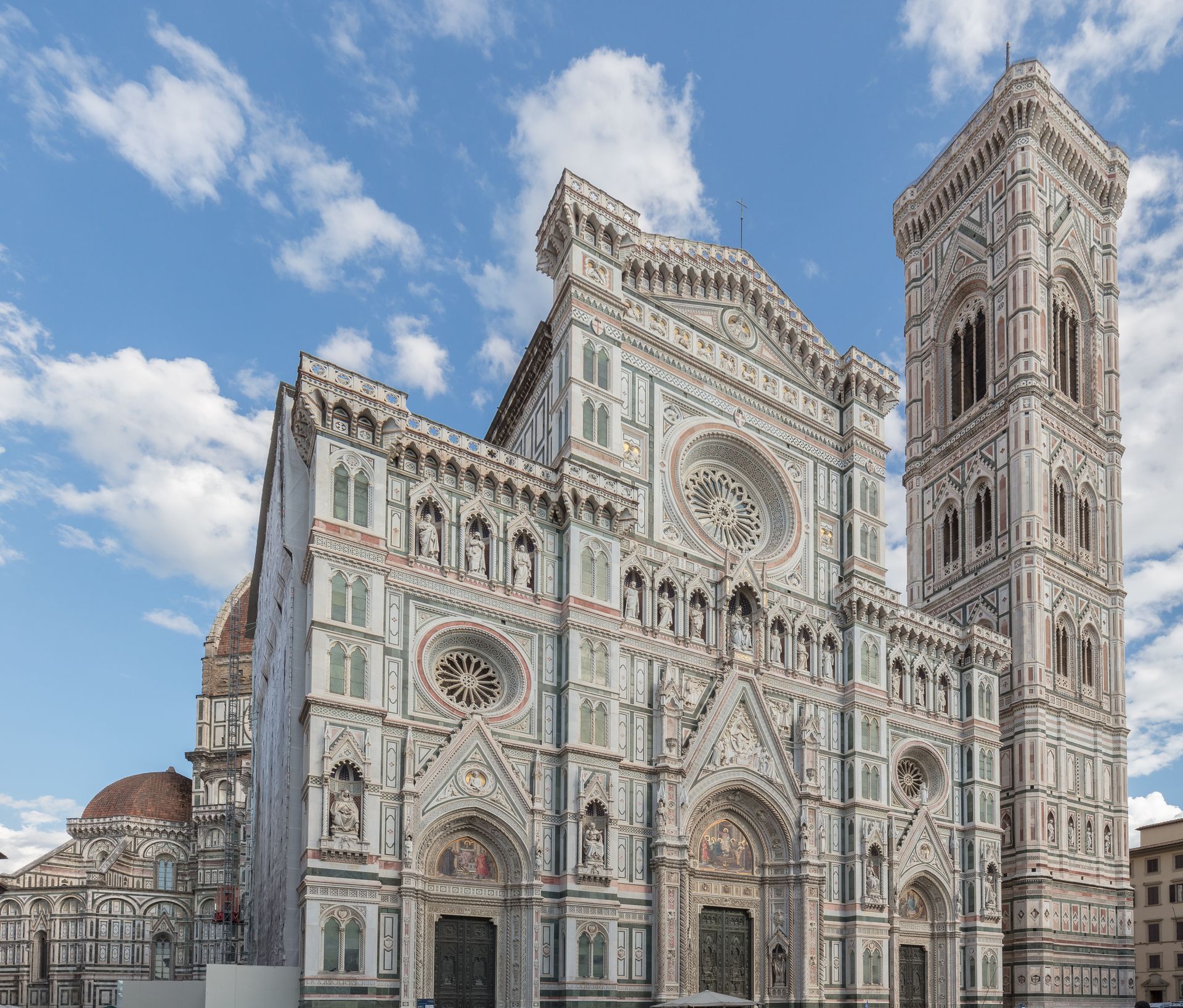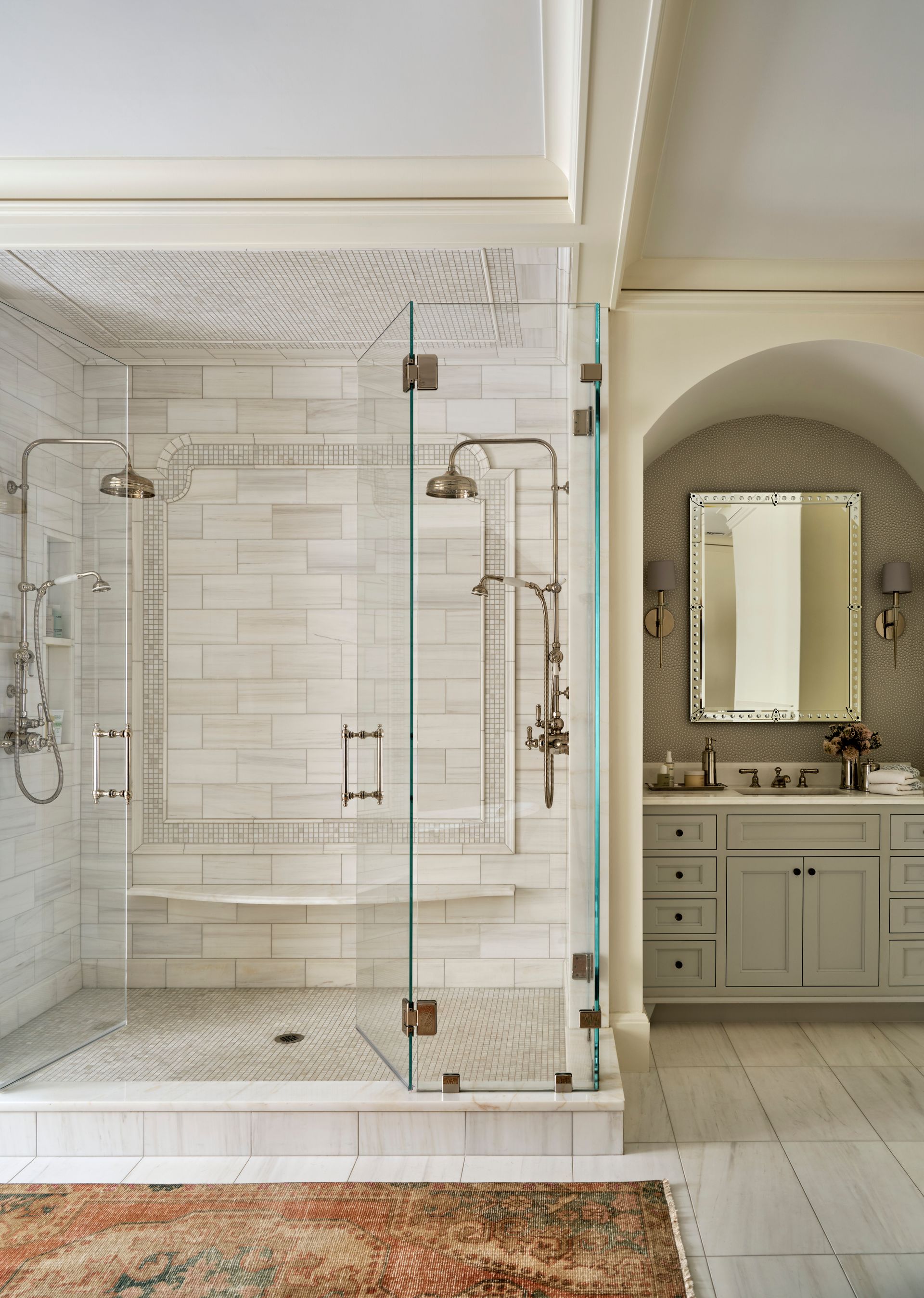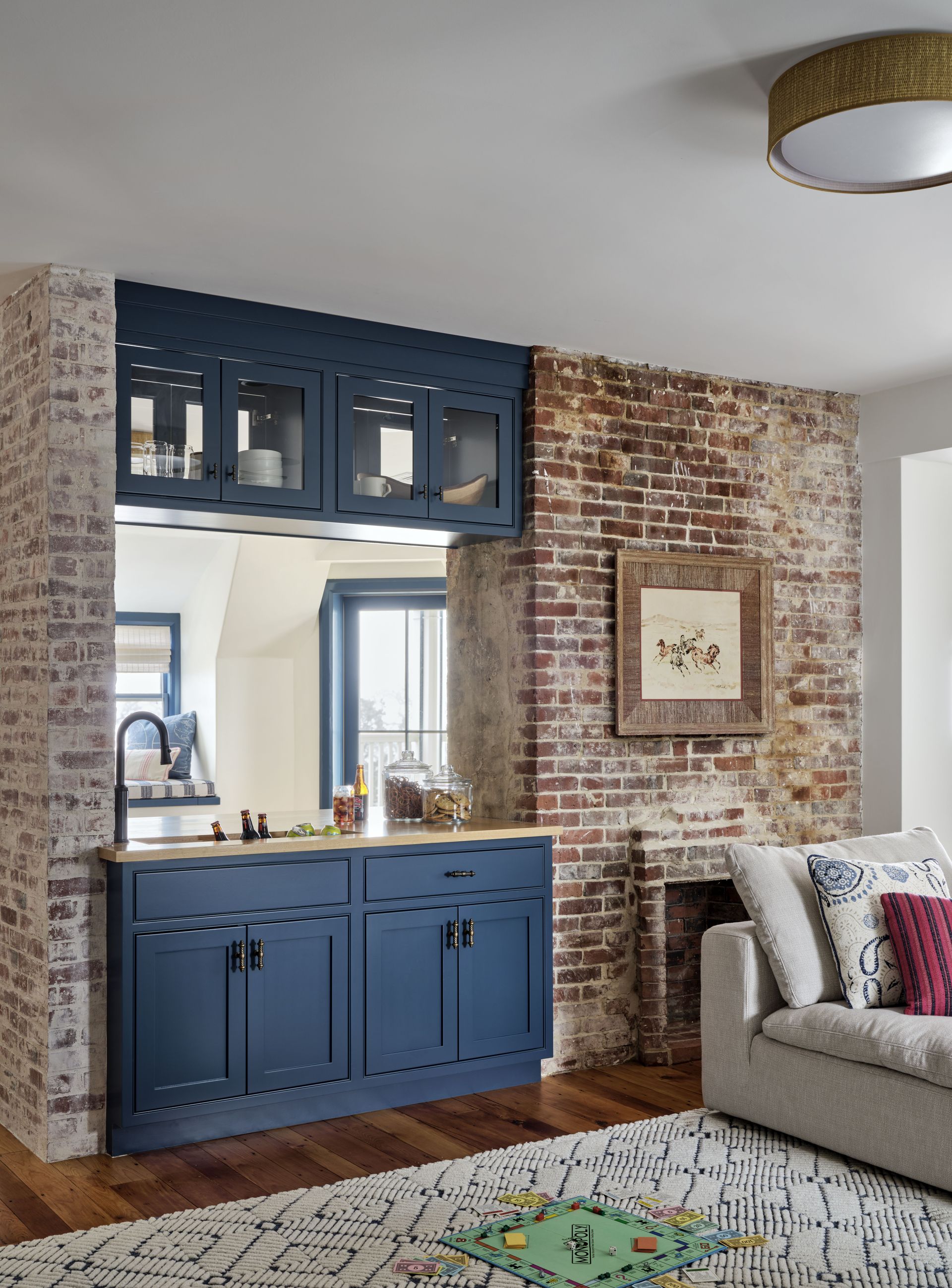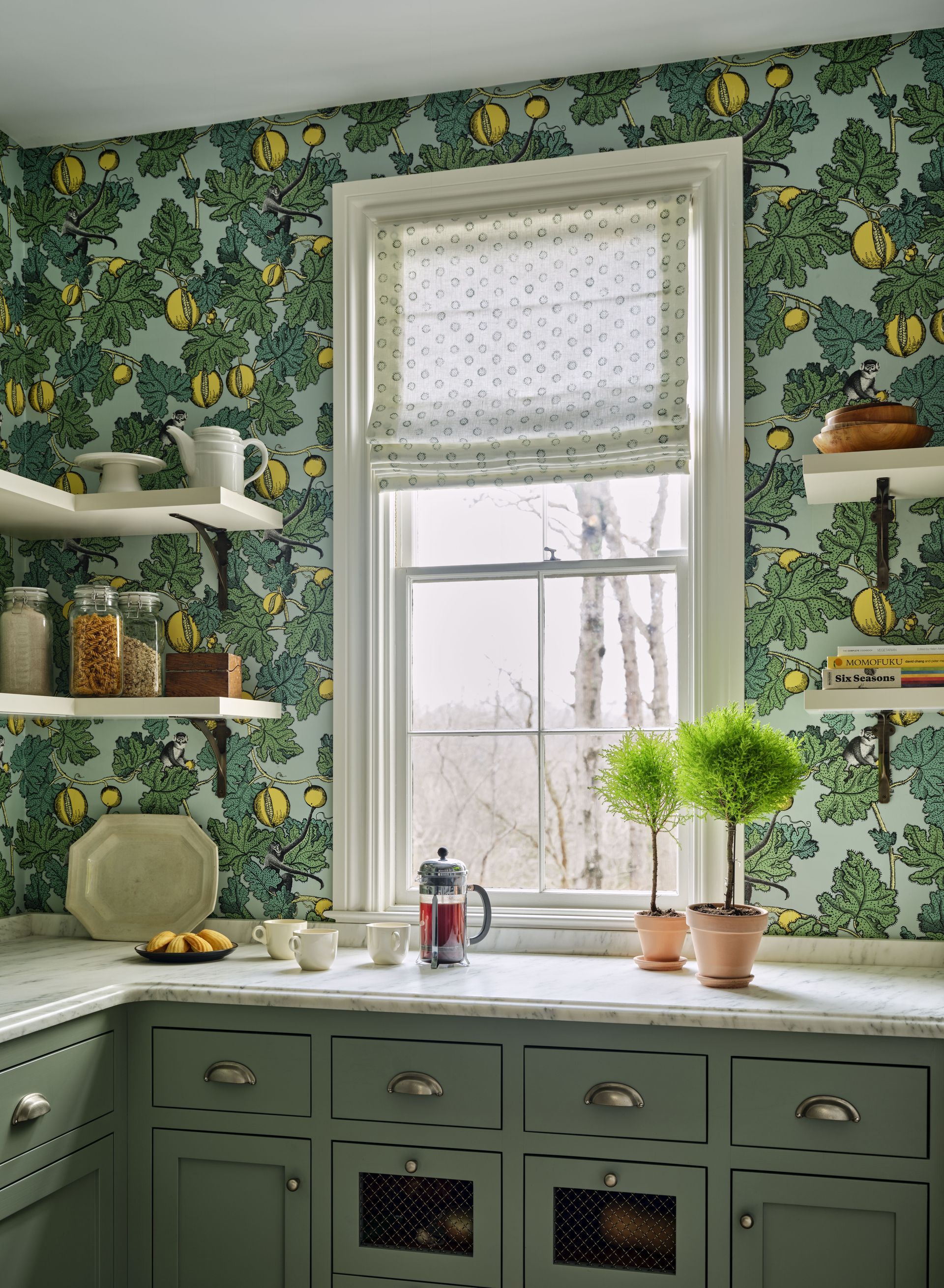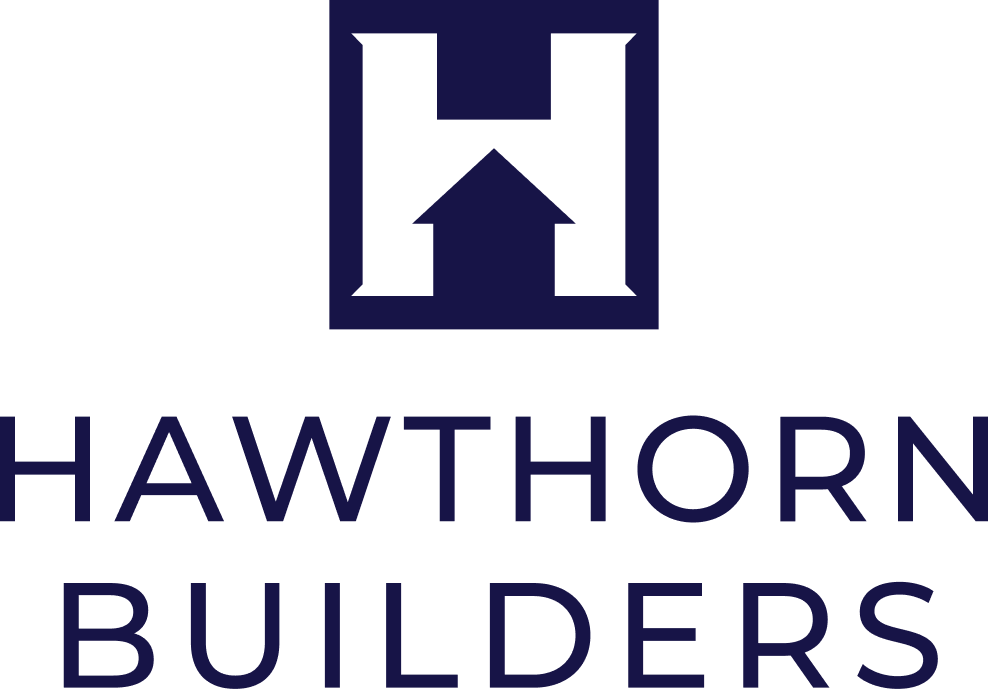Read our comprehensive design build guide and learn about the advantages this model provides. As the homeowner, you'll work with a collaborative team throughout the design and construction of a project. This team acts as a central point of communication and project management between the client and builder to help ensure that the design and construction are seamlessly integrated, leading to a more efficient and cost-effective project, with issues and potential problems identified and addressed early.
Design Build
A complete guide to efficient home building
Hawthorn proudly provides accurate initial estimates and continuously collaborates with clients throughout the project. This caring, empathetic, transparent communication process takes place through weekly, sometimes daily, client updates. This transparent process of "design, budget, design, budget, design, budget, then build" is the secret to staying aligned on a realistic plan and budget. In fact, it allows Hawthorn to stay within 1% of budget estimates without clients feeling like they sacrificed anything.
High collaboration
for high-performance dream homes
Hawthorn

➞
Owner
It starts with you and ends with you. Every step of the way, we align ourselves with your vision for your dream house.

➞
Architect & Designer
Whether you have your own architect or designer, or want to use our trusted network, we create an integrated team approach that saves you time and money, and delivers the highest quality home building experience possible.

➞
Build
Our new custom homes and renovation projects are constructed with cutting edge materials and built to the highest industry standards, ensuring lasting durability and reliability.

Maintain Your Home
Our Home Care subscription maintenance services provide a streamlined approach to home upkeep with a single point of contact.

➞
Hawthorn as Your Design-Build Guide
A collaborative team for better ownership, vision and communication.
Real Estate Services
Sell your home and find new land easily with Hawthorn's real estate services

➞
Collaborative Budgeting Process
Design
Budget
Budget
Design
Introduction to
Design Build Homes
To turn your home from a dream into a reality starts with a plan. To turn that plan into a finished home demands you choose a project delivery method. Design build is a construction approach in which the homeowner enlists unified entity (the design build team) to handle the project from start to finish.
In design build construction, the architect, engineers, and general contractor actively collaborate as a team to design and build a functional structure that suits the homeowner's desired aesthetic and budget. For example, Hawthorn Builders stays within 1% of budget estimates. This streamlines the process—saving money and reducing changes and schedule delays.
This design build definition contrasts with the traditional approach, which typically involves the homeowner seeking bids. This is often called a "design-bid-build" project delivery method. This process is a less seamless approach with designers and general contractors not always on the same page and can lead to issues with changes to the plan and further concerns when rebidding occurs.
Exploring Design Build's
Legacy of Masterful Building
Ironically, design build is sometimes referred to as an “alternative method” or “alternative delivery" project, although from a historical perspective the process predates the so-called traditional approach by about four thousand years.
Many large and famous structures from ancient Egypt, Greece, Rome, and the Renaissance era were designed and built using this collaborative process. A "master builder" would manage the design, obtain building materials, supervise craftsmen, and take full responsibility for controlling the project. Architects who did not actually execute the work on their projects were often viewed suspiciously by owners and builders.
One classic example of design build construction is the Cathedral of Santa Maria del Fiore in Florence, Italy (1420). The famous dome was designed by architect Filippo Brunelleschi, who engineered and oversaw its innovative construction himself.
By comparison, the so-called traditional method did not gain popularity until about 150 years ago, during the Industrial Revolution. A flood of new technologies, like steam and steel, often demanded specialized engineers. Separationists gained popularity. Soon, unions and trade associations formed—including the ASCE and AIA—enabling specialists to regulate trades and raise prices.
In today's building & construction market, even luxury homes seldom need the technology expertise of separate specialists that gave rise to the design-bid-build movement. Yet the traditional approach continues to add complexity and cost to many homeowners' building design construction projects.
Design Build
vs. Design-Bid-Build
One of the first and most important decisions you can make when planning construction is determining the best project delivery method for building your ideal home or renovation project within your budget.
The Design Build Process
In a design build model, all stakeholders—from the architect to the builder and even trades and subcontractors—are part of a continuous loop, with the homeowner in the center.
This is an ideal arrangement for direct communication throughout the building process. For example, if you give the designer a budget of $350K, but the contractor finds that the design is not feasible to construct within the budget, the contractor can ask the designer to make adjustments that simplify the plan. The designer can also ask the builder if more cost-effective materials or optimized construction techniques are possible. Both parties collaborate and can compromise to best match the homeowner's vision, criteria, schedule, and target range.
Key Elements of Design Build
Two prime players: the homeowner and the design-build team
- Relationship between designer and contractor
- The contractor collaborates with a designer during the design phase
- Homeowner relies on the designer/builder handle the details
Team oriented responsibility
- The design build team is responsible for project design and construction aspects.
- The design builder is responsible for discovering and correcting any "gaps" between the designer's plans and the builder's specifications needed for completing the project to meet the homeowner's standards (and budget range).
- Homeowners are typically responsible only for change orders made at their request
Progressive Design Build
A popular variant of the design build method is called progressive design build. What is progressive design build? This involves the homeowner procuring a design build team during the earliest stages of the project development—instead of waiting until after the project design is 35 percent complete (or more).
Another feature of progressive design build vs design build is budget certainty. Once the design is somewhere between 50 and 75 percent complete, the design builder offers much greater price certainity.
Also called design assist, the progressive design build method promotes the greatest collaboration between the homeowner and the entire construction team. By working together from the project's outset, risks can be identified and mitigated earlier in the design phase. This makes cost estimating more accurate and greatly speeds up project completion.
Hawthorn Builders accomplishes this through a combination of expertise, communication, and realistic budgets from the start—thereby staying within 1% of budget estimates on projects. This ongoing communication allows not just budget accuracy, but budget reduction. According to industry studies, design-build projects can achieve cost savings ranging from 6% to 20% compared to traditional delivery methods. Hawthorn far exceeds the industry average.
Key Elements of Design-Bid-Build
Three prime players: homeowner. designer, and contractor
- Two separate relationships: owner-to-designer and owner-to-contractor
- No team relationship between the designer and the contractor
- Limited opportunity for contractor collaboration during the design phase
- Potential for an adversarial relationship between designer and contractor
Three divisions of responsibility:
- Homeowner may be responsible for any inconsistencies or gaps in the plans and specs given to the contractor (including paying for contractor-required change orders)
- Designer responsible for designing to standards of professionalism
- Contractor responsible for building the project as designed
When comparing design-bid-build vs. design build, the design bid build mode offers you more direct control over the design. However, this process typically takes longer to deliver since all design work must be completed before you solicit construction bids. Also, because this process skips having construction input into the design phase, problems may occur later in the effectiveness or constructability of the design.
Design Build vs. Design-Bid-Build
Each construction design approach has its own advantages and challenges. The best delivery method for you will depend on your desire for control, involvement in the process, your schedule and budget flexibility, your appetite for liability risk, and your own experience in building design and construction.
By consolidating the responsibility for project success under one collaborative entity, design build saves considerable time, eliminates budget surprises and saves money.
Benefits of
Design Build for Luxury Homes
Traditional project delivery has been the most common method for generations. However, according to the DBAI's latest Design-Build Utilization Report, the design build method is becoming more popular, with about half of owners (47%) planning to use it in the coming years.
Design build construction offers luxury homeowners many advantages over the design bid build process. The design build model has long been considered the more sensible option for delivering a customized project. Working together with builders, architects, or designers can closely match the ideals of the homeowner better than an off-the-shelf design could do. Comparing design bid build vs. design build, design build wins when the focus is on achieving unique aesthetics or particular performance specifications. This is the very nature of luxury home plans.
Key Advantages of Design Build
Faster completion
Comparing design build vs. design-bid-build timelines, the design build approach wins because it eliminates the bidding phase. Plus, building design and construction happen concurrently, resulting in faster project completion.
Project simplicity
Merging building, design + construction into a collaborative team increases responsibility and eliminates the blame game and other conflicts that can result from separation of those functions.
Cost efficiencies
Since the designer and contractor are cooperating throughout the entire process—with an established budget from the start—there is earlier shared knowledge of costs and quicker communication of issues. This results in fewer change orders, fewer claims, and less potential for costly litigation. The contractor’s costs and pricing may also be more transparent.
Smarter design & flexibility
Involving actual builders and tradesmen in the design phase ensures the most feasible design alternatives, prudent construction methods, and cost-effective use of materials.
Warranties of quality
By having the team in place, a design build approach also allows homeowners to obtain warranties that the project will meet specific performance requirements.
Risk mitigation
A design-build model shift risk involved in a project away from the homeowner and onto the design builder. This means homeowners can feel comfortable that their team is owning all aspects of the construction process.
Higher satisfaction
In a 2021 study by the DBIA, design build was rated highest across all project delivery methods, with 77% reporting very good and excellent experiences.
What is the
Design Build Process?
The design build model gives the homeowner the advantage of working with collaborative team throughout the design and construction of a project. Here is a step-by-step overview of the design build process.
1. Site selection
Where do you want to build your dream home or do you want to renovate an existing home? Even at this pre-design stage, a design-build team can help you find the best location for the property and acquire proper zoning, surveying, environmental assessments, and more.
2. Feasibility
While first conceptualizing your project, it's essential to gain a realistic picture of what you're capable of building—including the scope, your preliminary budget, and your schedule. A progressive design build approach makes this step easier by pulling the firm into the process early, so architects and contractors can offer guidance.
3. Project design
The design-build team works together to create a preliminary design that meets your needs and conforms to building codes and recommendations from engineers and contractors.
4. Contract finalization
Conceptual designs and realistic contract terms will be firmed up, the design build team will negotiate with subcontractors, and the design build team will set a budget target.
5. Project construction
The design build team manages the construction process. This includes procurement of materials, daily management and scheduling of subcontractors, addressing any construction issues, and reporting back to the homeowner. The early collaboration between stakeholders in the design-build method means that the construction process typically proceeds smoothly and there are no budget surprises for the owner.
6. Post-construction review
Post-construction review. In the post-construction phase, the design-build team reviews the project to ensure it meets your needs, performance specifications, and quality standards. During project closeout, the design builder also provides you with any required documentation—streamlining this paperwork.
Selecting Your
Design Build Team
It's best to base your selection of a design builder on the team's qualifications and experience—especially in designing the type of project similar to yours—rather than simply seeking the lowest bid.
In the case of a progressive design-build or design-assist approach, you choose the design-builder before any planning or design. Alternatively, you can work with an architect and engineer first, then select a design-builder to complete the project.
Whomever you consider, ensure they have experience working on similar projects to the home you want designed, and check references.
Building Designer vs. Architect
Whom should you consult? That's primarily a matter of personal preference. Most of it boils down to the level of control you wish to have over the design before handing your project over to a design builder who can complete the process. Before engaging with a design builder, hiring an architect can add time (and another contract layer), but it also gives you additional input to customize your luxury home design.
What's the difference between architects and building designers? Both professional building designers and architects specialize in designing and planning homes and other structures. However, only those with a Bachelor’s or Master’s degree in Architecture—and who have been accredited by a relevant regulatory authority—can call themselves architects.
Nevertheless, many building designers also hold those same degrees and accreditations. In any case, certified professional building designers have passed tests proving they have the necessary skills. Some may also hold certifications from industry associations such as the National Council of Building Designers Certification.
Here's another distinction. Architects have expertise in designing a broad scope of large-scale, high-rise buildings. Meanwhile, the focus of most business designers is on single-family/double-story homes and light commercial buildings.
Many building designers have also acquired knowledge, skills, and years of hands-on experience working in the engineering or construction technology industries (often as builders). Having this prior experience and ongoing industry relationships may contribute to the collaborative nature of design build delivery.
Professional Building Designers
Professional building designers also keep themselves up to date with the latest regulations—as well as innovations in design and construction, including:
- Local zoning laws, environmental regulations
- Building codes and safety standards
- Cutting-edge trends in high-end home design
- Sustainable design build and eco-friendly building practices
- Interior design trends
- Advanced visualization tools for 3D modeling and computer-aided design (CAD)
Professional building designers must also have excellent project management skills. This is necessary for coordinating with subcontractors and ensuring that all permitting, inspections, and other required steps are completed on time.
Bringing it all together
to design your dream project
The hallmark of a well executed design build project is continuous collaboration between the design and construction team at every step of the process.
If you're planning on building a luxury home or renovation project, consider the advantages design build can offer you. Besides the simplicity of engaging with us first—and us assembling your team—your dream home can be completed cost-effectively, more quickly, and without costly surprises that often come from the traditional design-bid-build process.


